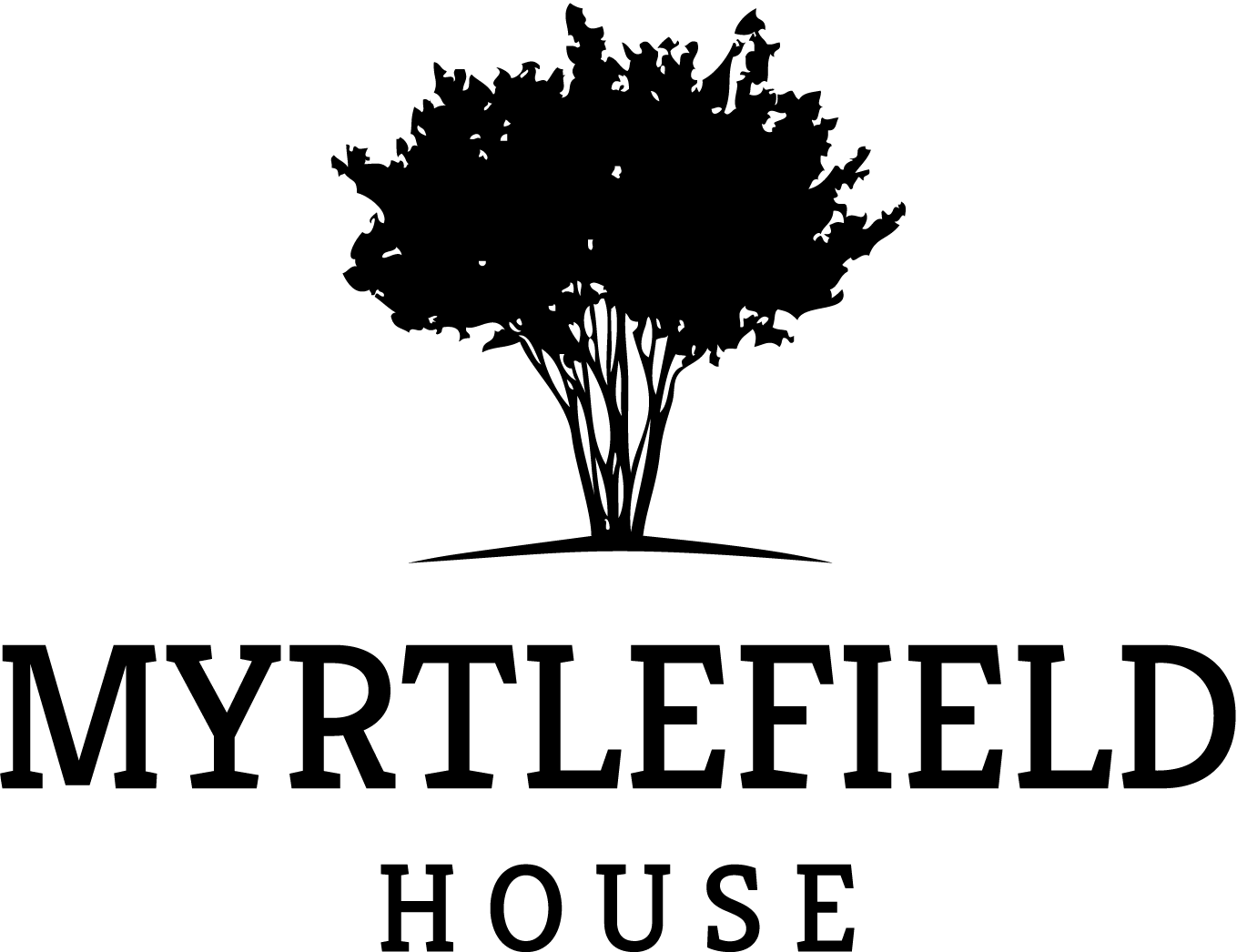Since professional theologians are often sceptical about there being structure in the Gospels, is looking for structure a barren occupation?
This text is from a letter written by David Gooding in 2008.
It is true, as you remark, that many professional theologians are very sceptical about there being any structure in the Gospels at all. With liberal scholars this was, perhaps, natural, because structure implies the work in question was deliberately designed by its author to be coherent. Liberalism, however, for many decades and still today, unrepentingly considers the Gospels to be largely a hotchpotch of different sources.
Decades ago, evangelical scholars looked askance on structure, because they thought that, if a Gospel were deliberately structured by its author, it couldn't be truly historical. That is why, in my introductions to my little book on the Gospel of Luke, I discussed this whole question of whether a Gospel can be both history and good literature.1
I notice that Don Carson—a very exact and rigorous scholar, even as early as his commentary on Matthew, admits to seeing structure in certain parts at least of that Gospel. He does similarly in his commentary on the Gospel of John.
The basic criticism that many people have of claims for structure in the Gospels and other narrative books, is that the structures proposed by many scholars all disagree; and therefore, while they cannot all be right, they could all be wrong. I do not take such a pessimistic view myself.
To start with, so many scholars seem to think that chiasm is the only structure that the narrative books of Scripture could ever have employed—and if not chiasm then, at the limit, palistrophe. But there are surely many different structures, and then as well as structures there are dominant patterns; and it seems to me that very often people mistake dominant patterns for structure, whereas they are not the same thing.
But in any case, to look for structures is not a barren occupation; for it is an attempt to ask whether a book's assemblage of material is coherent, and then to examine what the thought flow is between the various paragraphs of the book.
I therefore myself welcome all attempts at discerning structure in a book, even if it goes against the structure that I have proposed.
With Christian greetings,
1 See David Gooding, According to Luke, Aims, Methods and Explanations


